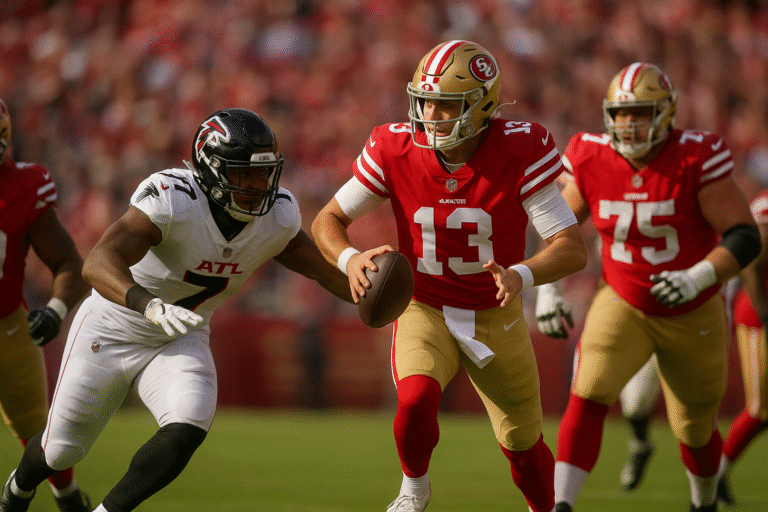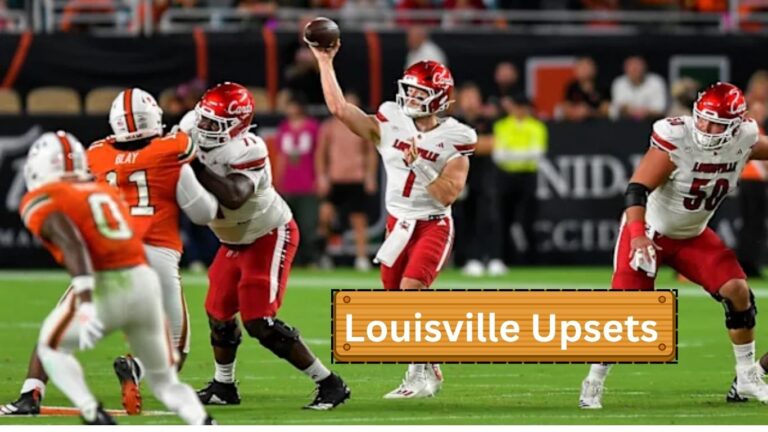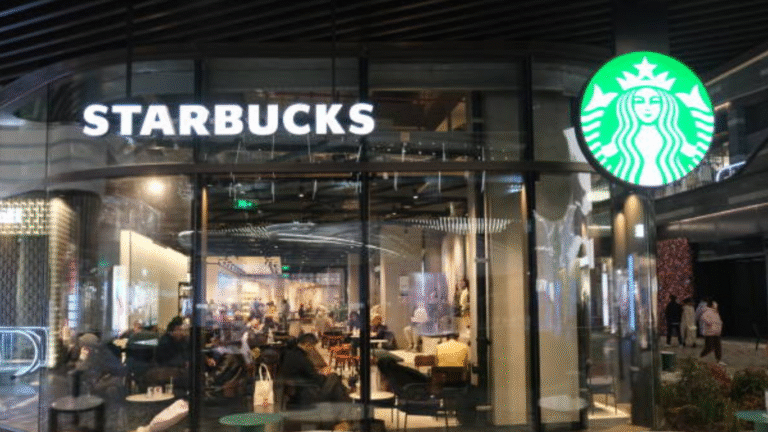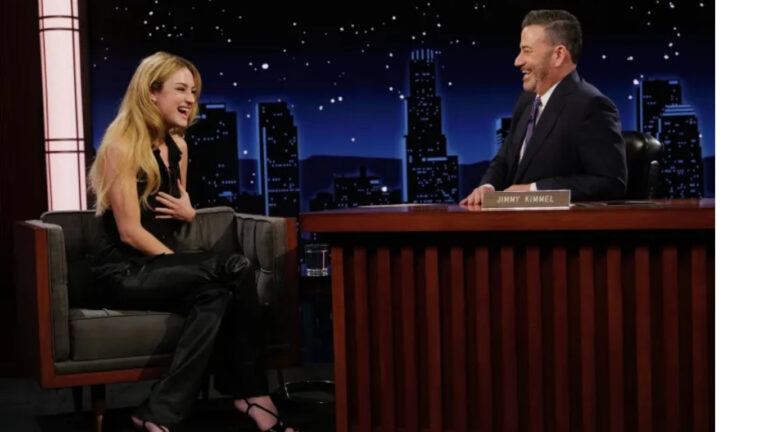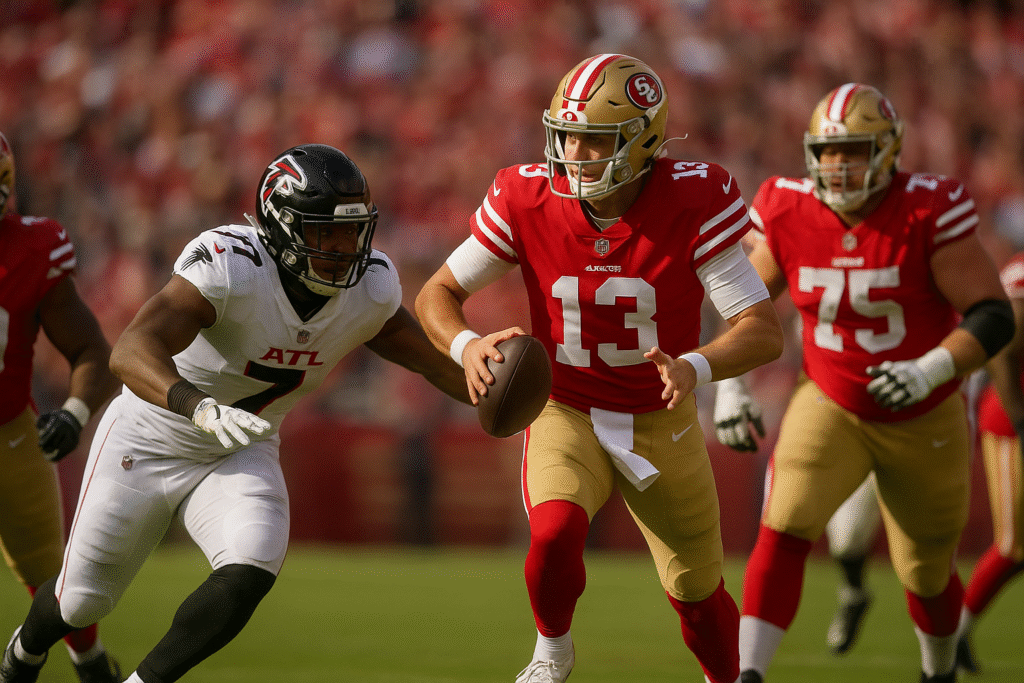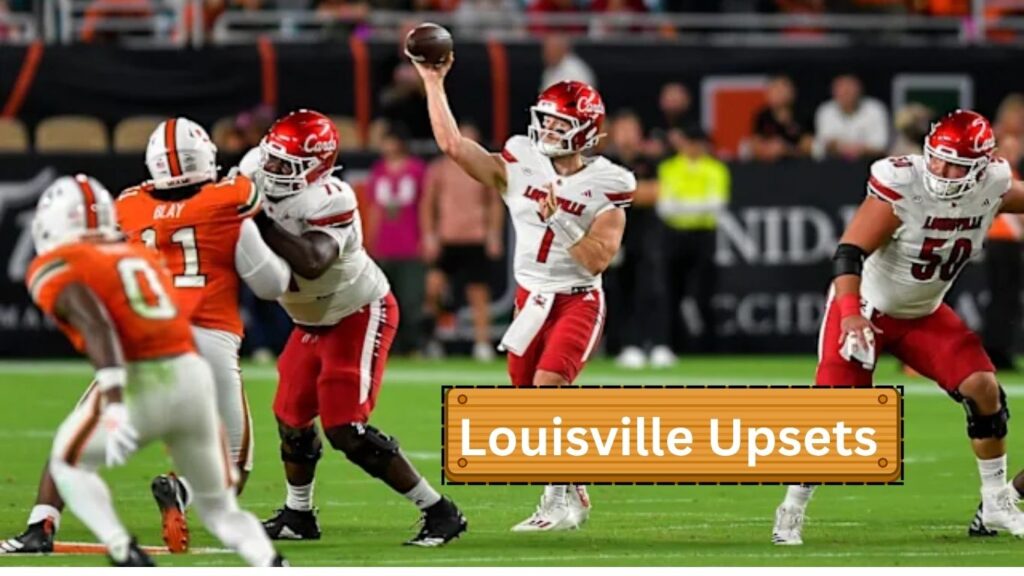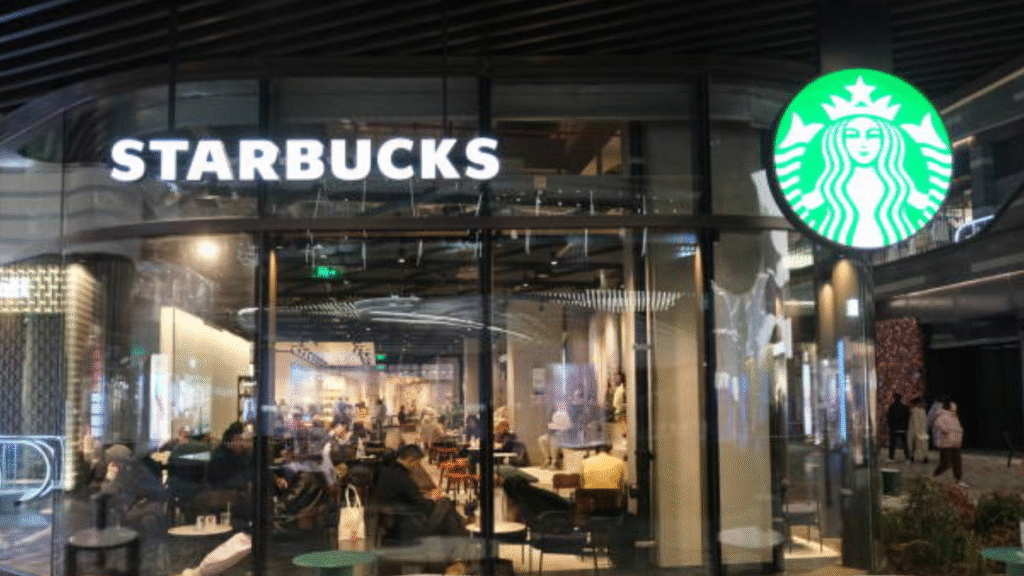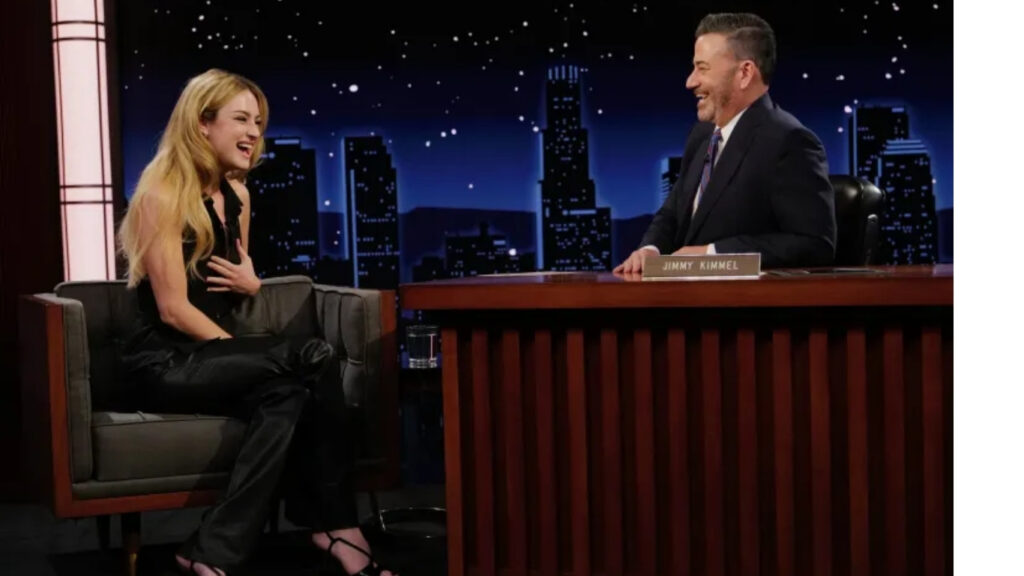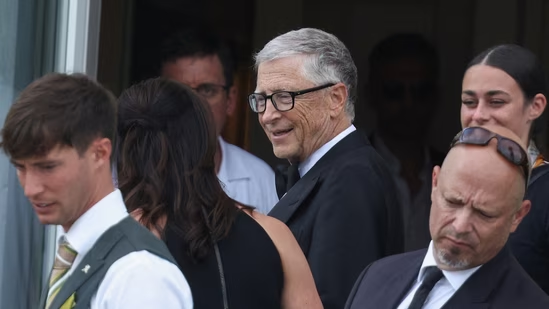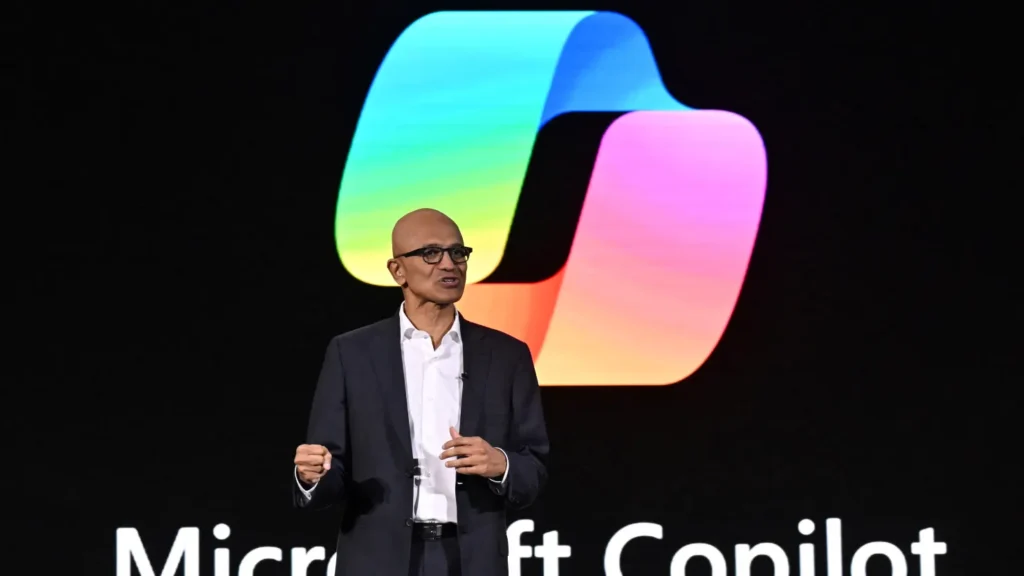Introduction: A Late-Night Return with a Twist
Late-night television has long been a cultural barometer in America. Hosts like Jimmy Kimmel don’t just deliver jokes; they influence political conversations, shape public sentiment, and represent the values of the networks that air them.
So when Jimmy Kimmel Live! was abruptly suspended by ABC earlier this September, the shock reverberated well beyond Hollywood. Investors, regulators, and viewers all paid attention. Now, Kimmel is set to return to his 11:35 pm ET slot this Tuesday but one of the nation’s biggest broadcast groups, Sinclair, has announced it will not air his comeback, opting instead for local news.
This tension between ABC’s reinstatement and Sinclair’s rejection underscores much more than a scheduling dispute. It’s a window into the challenges of content governance, corporate risk management, regulatory oversight, and the fragmented media landscape in 2025.
For H2KInfosys readers professionals engaged in technology, media, analytics, and corporate strategy the Jimmy Kimmel controversy is a case study in how business, tech, and politics collide in real time.
The Timeline: From Controversy to Suspension to Return
The Spark: Kimmel’s Comments
On September 10, 2025, conservative activist Charlie Kirk was fatally shot at a Utah university event. The tragedy triggered national mourning but also political division.
During a broadcast shortly after, Jimmy Kimmel criticized both the MAGA movement’s framing of the incident and former President Donald Trump’s response. He suggested Trump’s reaction resembled “how a four-year-old mourns a goldfish” rather than the conduct of an adult leader.
The remarks drew swift backlash from conservative circles, who accused Jimmy Kimmel of politicizing tragedy.
ABC Pulls the Plug
On September 17, 2025, ABC owned by Disney suspended Jimmy Kimmel Live! indefinitely, citing the “emotional moment for our country.” Affiliates such as Nexstar and Sinclair also preempted the program.
The move stunned fans and triggered public debate: was Disney protecting audiences from insensitivity, or caving to political pressure?
The Fallout: Financial and Reputational Costs
Within days, Disney’s market value dropped nearly $5 billion, losing about 2.39% in share price between the suspension announcement and the following Tuesday. Social media campaigns like #CancelDisney and #CancelABC emerged, with some subscribers canceling Disney+ and Hulu in protest.
Legal experts, celebrities, and free speech advocates denounced the suspension as excessive, with some warning of dangerous precedents for editorial freedom.
The Reinstatement
By late September, Disney and ABC reached a decision: Jimmy Kimmel Live! would return on Tuesday, September 23, 2025. The company explained it wanted to move forward and reestablish stability, signaling that the reputational and financial damage from keeping Kimmel off air outweighed the initial backlash.
Sinclair’s Rejection
Yet, not all affiliates agreed. Sinclair Broadcast Group, which owns over 30 ABC stations nationwide, announced it would not air Kimmel’s return. Instead, its local stations will replace the timeslot with news programming.
This decision further fractures the audience: while viewers in most markets will see Jimmy Kimmel return, those in Sinclair markets will not.
Key Players and Their Interests
Jimmy Kimmel
- Seeks to preserve his credibility as a late-night voice.
- Risks losing parts of his national platform if affiliates refuse to carry him.
Disney/ABC
- Balances brand identity, free speech values, and corporate reputation.
- Faces stock volatility, subscription cancellations, and affiliate tensions.
Sinclair Broadcast Group
- Serves largely conservative-leaning markets.
- Prioritizes advertiser and viewer sentiment over network unity.
- Risks being labeled as censoring national content.
The FCC
- Pressured to act on complaints and maintain public interest standards.
- Walks a fine line between oversight and government overreach.
The Viewers
- Some see Jimmy Kimmel as exercising free speech.
- Others perceive his remarks as disrespectful.
- Their choices watching, canceling subscriptions, switching to streaming directly affect corporate revenue.
Why Sinclair’s Decision Matters
Sinclair’s refusal is not just a local programming tweak it’s a challenge to ABC’s authority.
- Fragmented National Programming
Normally, network late-night shows create unified cultural moments. With Sinclair opting out, viewers in those markets won’t share the same experience. - Affiliate Power vs Network Power
ABC owns the show, but affiliates like Sinclair hold distribution power in local markets. This tug-of-war raises questions about who really controls national content. - Political Overtones
Sinclair’s conservative reputation suggests its decision aligns with ideological positioning. This highlights how local affiliates can use political sentiment to justify programming decisions. - Viewer Behavior
Viewers denied Jimmy Kimmel on broadcast may migrate to streaming platforms like Hulu, where ABC can reach them directly. Over time, this weakens affiliates’ leverage.
Business and Technology Implications
1. Distribution Strategy in a Streaming World
The Sinclair blackout highlights why networks are investing heavily in direct-to-consumer (D2C) streaming. If affiliates refuse national programming, ABC can still reach audiences via Hulu or Disney+.
- Risk: Affiliate reach shrinks, limiting ad revenue.
- Opportunity: Streaming grows as a safer, centralized distribution channel.
2. Crisis Management and Corporate Risk
Disney’s whiplash suspend Jimmy Kimmel, then reinstate him illustrates the cost of reactive decision-making. Businesses need predictive analytics to simulate potential backlash before making moves.
- Real-time social media monitoring could have signaled the intensity of free speech backlash.
- Investor behavior modeling could have forecast the $5 billion loss.
3. Regulatory and Legal Exposure
The FCC Chair hinted at possible “action” against Kimmel and ABC. That raises serious First Amendment concerns.
For corporations, this means:
- Prepare legal strategies for defending editorial freedom.
- Anticipate regulatory scrutiny whenever content touches political nerves.
4. Reputation and Brand Management
This controversy shows how brand values can be tested. Disney was accused of both censorship and irresponsibility.
- Companies need unified communication strategies.
- Delayed, contradictory actions risk alienating both sides.
Financial Consequences: A Closer Look
- Stock Loss: Nearly $5 billion in value erased in under a week.
- Subscription Cancellations: Thousands left Disney+ and Hulu.
- Advertising Uncertainty: Brands are cautious about placing ads during controversy.
- Operational Disruption: Affiliate blackouts complicate scheduling and ad sales.
This episode underscores how quickly media controversies translate into real, measurable business risk.
Lessons for Media and Tech Firms
- Diversify Distribution
Don’t rely solely on affiliates. Invest in streaming, digital, and OTT delivery. - Anticipate Backlash with Analytics
Use AI to track sentiment, predict cancellations, and model stock risk. - Strengthen Affiliate Contracts
Define clearer obligations: when affiliates can preempt programming, and what remedies exist if they do. - Transparent Communication
Be upfront with viewers and investors about decisions. Mixed messages damage credibility. - Balance Sensitivity and Free Expression
Content creators need freedom to speak, but networks must weigh timing and tone carefully.
What This Reveals About U.S. Media in 2025
- Polarization Shapes Programming: Shows are judged not just on humor, but on political alignment.
- Affiliates Flex Their Muscles: Local broadcasters aren’t afraid to defy networks.
- Streaming Gains Ground: Viewers who can’t get content on broadcast turn to digital.
- Corporate Decisions = Stock Market Volatility: Content controversies now move billions in shareholder value.
Future Scenarios to Watch
| Scenario | Impact |
|---|---|
| More Affiliates Reject Network Shows | Weakens national programming, accelerates streaming adoption. |
| FCC Intervenes | Could set new precedents for speech vs broadcast obligations. |
| Disney Doubles Down on Streaming | Affiliates lose leverage, reshaping broadcast economics. |
| Kimmel Leverages Controversy | Boosts his audience via streaming and online virality. |
Beyond Late-Night Jokes
Jimmy Kimmel’s return to television should have been a simple programming note. Instead, it has become a flashpoint in the intersection of politics, business, regulation, and technology.
Disney’s $5 billion market hit, Sinclair’s defiance, FCC scrutiny, and the rise of #CancelDisney all point to one truth: in 2025, media decisions are never just about content they’re about corporate survival.
For companies like Disney, for affiliates like Sinclair, and for tech firms shaping distribution, the lesson is clear: anticipate risks, diversify channels, and remember that in today’s polarized climate, every broadcast is also a business gamble.


